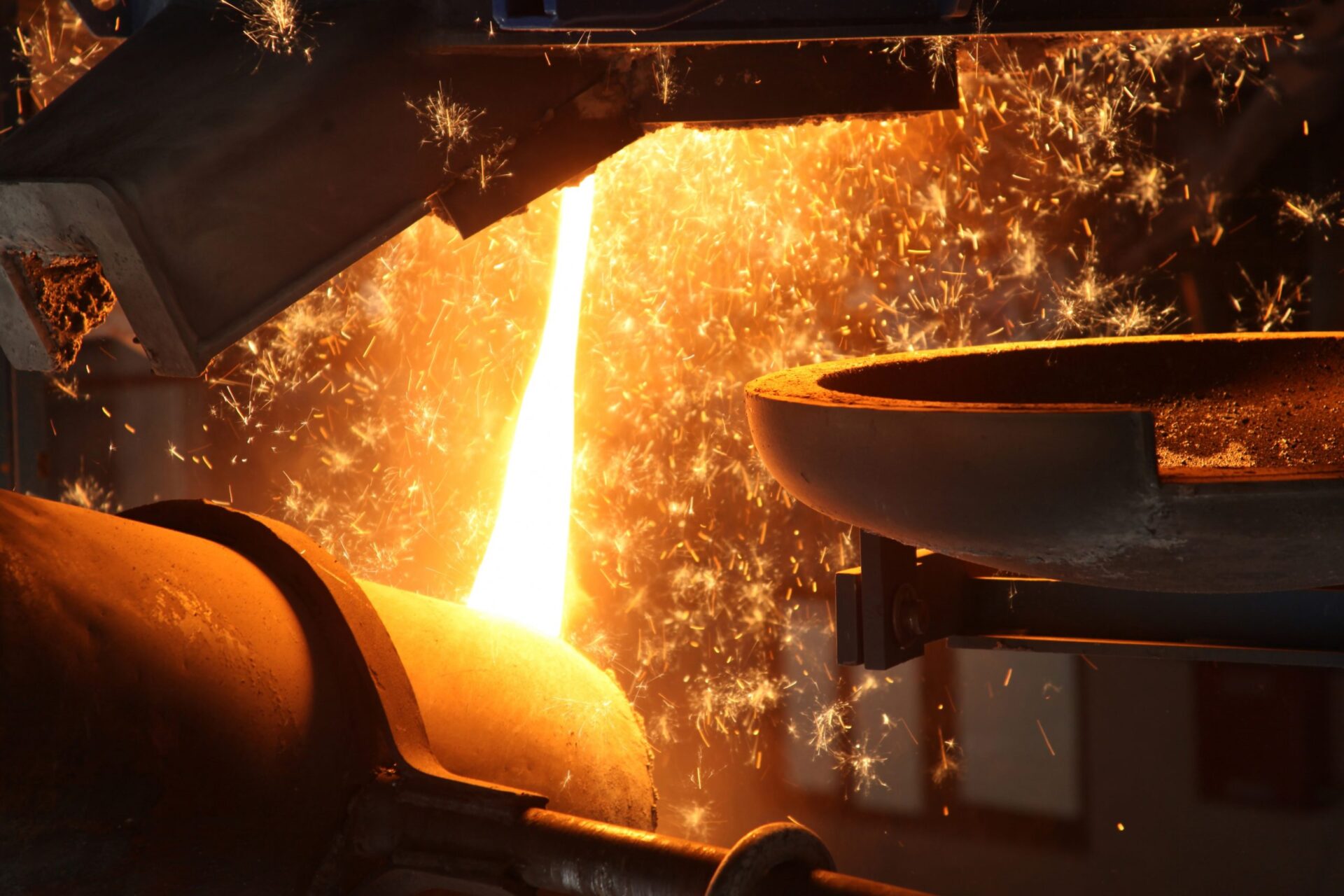
Climate Change is Challenging Our Mastery of Heat
The planet is warming, yet we continue to burn fossil fuels to produce even more heat. rather than simply generate new heat, climate adaptation requires us to move, store, and concentrate existing heat.
Combating climate change is, in many ways, a challenge of heat management. As the intensifying greenhouse effect of atmospheric carbon steadily heats our planet, we find ourselves in the somewhat ironic situation of feeding climate change because of our demand for heat and our reliance on the carbon-based fuels that can provide it both cheaply and efficiently. Indoor climate control and high-heat industrial processes such as steel, glass, and cement production remain some of the most difficult sources of energy demand to decarbonize. Yet, one of the greatest threats that climate change poses to humanity is an increased exposure to extreme warm-weather and drought—in other words, an excess of heat.
Adaptation to climate change requires us to identify key opportunities for change and innovation in every aspect of our lives. Methods of manipulating heat in our environment have historically focused on the creation of new heat using combustion, conduction, and radiation. Adapting to climate change, and its related energy restrictions, requires us to also consider the movement, concentration, and storage of existing heat.
The intentional movement of heat from where it is unneeded, or actively unwanted, to where it can serve a useful purpose will be a critical innovation of the global energy transition. District heating and cooling systems have demonstrated themselves countless times to be effective tools for improving efficiency and resiliency in dense urban settings. The potential of this technology will only expand as our ability to move heat extends both geographically and across sources and end uses.
Few dimensions will be more impactful in this regard than the temporal movement of heat, in other words, storage. Even in a considerably warmed world, billions of people will still require reliable wintertime heating. As demonstrated in a recent Kleinman Center report, the widespread deployment of electric heating can lead to considerable seasonal load variation and will require an enormous deployment of costly grid-level electricity storage. The ability to capture and store summertime heat could significantly reduce wintertime energy demand and the need for expensive electricity storage.
The potential of thermal storage extends even further to include the exclusion of heat. A strategy known as ice storage has been used to successfully cool large buildings by freezing water during off-peak hours. In regions with increased cooling during times of peak electricity demand, this could be an effective way to balance load. On a larger scale, this technology could be used to balance local cooling demand over longer time periods as well.
The movement of heat through space or time, alone, is not a sufficient manipulation to address the high temperature demands of industry. For this, we need methods to concentrate available heat. Using existing methods, this concentration of available ambient heat can be achieved in two ways. One solution uses compression and decompression to wick-away unwanted heat and concentrate it into process appropriate temperatures. This method would rely on systems similar to those found in air source heat-pumps or refrigerators. Because these systems can move more heat than could be created from the electricity used to power them, they solve one of the chief challenges of electric heating: inefficiency. However, like refrigeration and air conditioning, this method relies on refrigerants known has hydrofluorocarbons (HFCs). HFCs are even more potent planetary warming agents than carbon dioxide or methane so finding viable substitutes is critical for avoiding additional greenhouse gas emissions.
An alternative method of heat capture and concentration is to use a substance (usually a fluid) with high heat capacity. This heat transfer fluid is heated using redirected heat, for example from concentrated solar irradiance and, depending on the fluid being used, can be used for a wide range of industrial processes. Although this second method of heat concentration avoids the need for compressors, expansion devices and refrigerants, it does require specialized temperature-resistant materials. Also, current concentrated solar designs are limited to remote locations where there could be little additional heat management benefits to communities from the redirection of heat.
Renewable and carbon-free methods of electricity generation are now, in many cases, cost competitive with fossil-fuel based generation; however, many sources of end-use demand are still costly and difficult to electrify—especially those associated with heat production. The fundamentals of thermodynamics limit the efficiency of using electricity to generate heat, so wherever possible, concentration and storage of existing heat should be encouraged as a method to reduce energy demand and adapt to a warming world.
Oscar Serpell
Deputy DirectorOscar Serpell oversees all student programming, alumni engagement, faculty and student grants, and visiting scholars. He is also a researcher, writer, and policy analyst working on research initiatives with students and Center partners.

